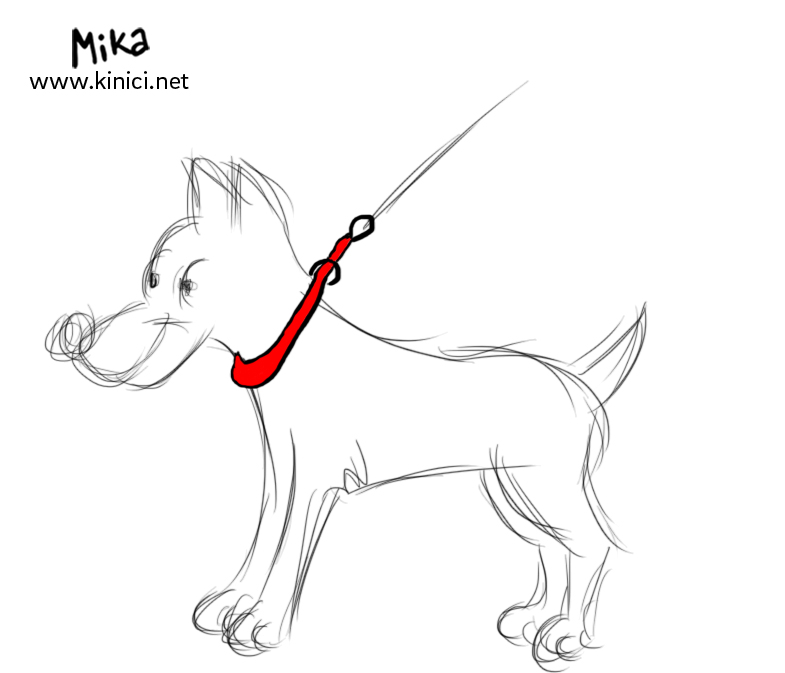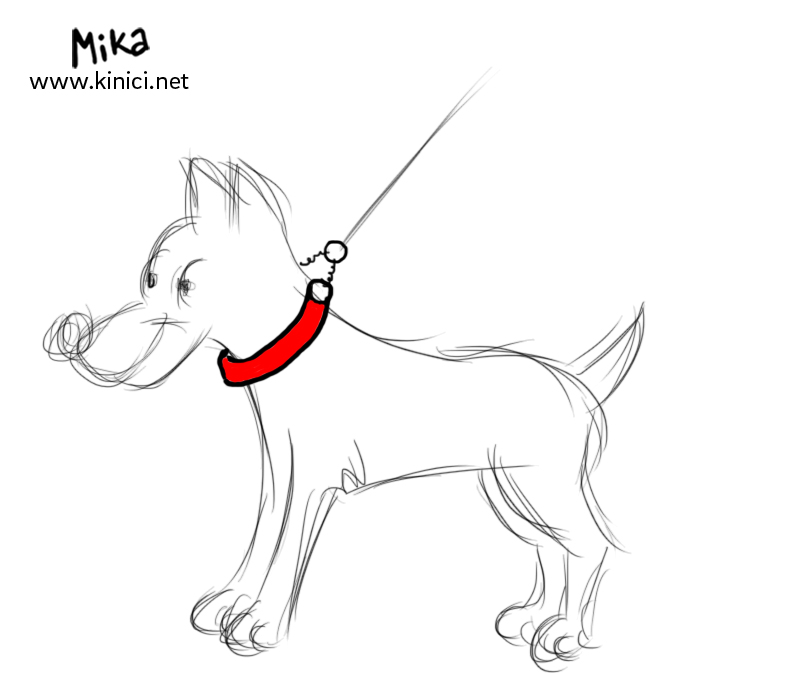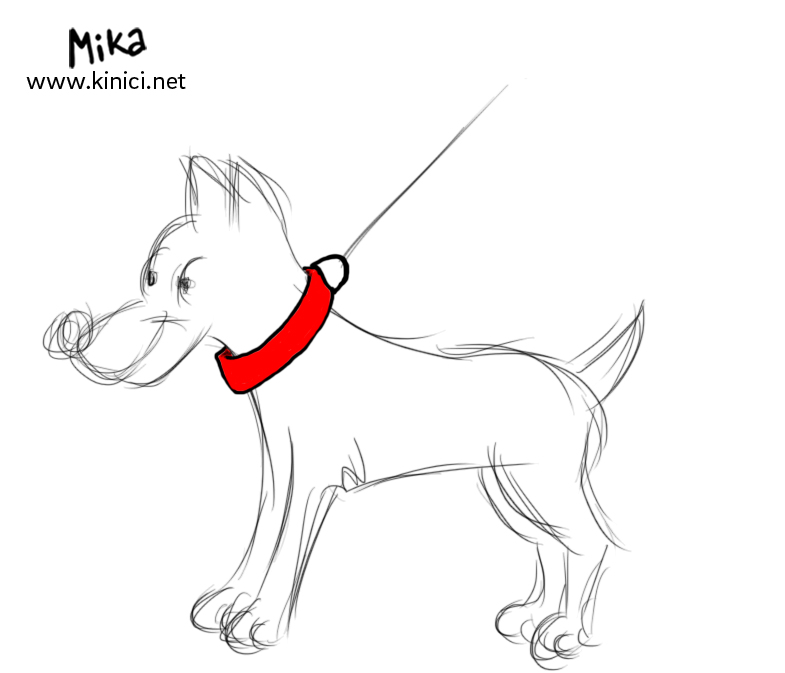 Leash and collar are main tools when teaching the dog. They help us show what we require from it, which way we direct them, how to behave during walks... with main goal of attaining proper upbringing. Except that, during walks among plenty of humans and crowded streets, it protects it from vehicles, but also restraining it from unwanted reactions among humans and dogs, whether humans intentionally or unintentionally cause it, or simply because dog perception is different from human, they can have different experience. Also, we must respect human fear of dogs. Due to all these reasons, in crowds, a dog should be kept on a short leash.
Leash and collar are main tools when teaching the dog. They help us show what we require from it, which way we direct them, how to behave during walks... with main goal of attaining proper upbringing. Except that, during walks among plenty of humans and crowded streets, it protects it from vehicles, but also restraining it from unwanted reactions among humans and dogs, whether humans intentionally or unintentionally cause it, or simply because dog perception is different from human, they can have different experience. Also, we must respect human fear of dogs. Due to all these reasons, in crowds, a dog should be kept on a short leash.
Types of collars
1. Prong collar – mandatory for stronger dogs, but no dog would be harmed - on he contrary. You will control your dog much easier and simpler; if the dog behaves properly, it will not feel the pressure on the neck.

2. Martingale collar – it can be used with dogs who are stable, who are well behaved.

3. Flat collar – there is much more tightness around the neck if the dog wears flat collar compared to prong one.

4. Harness collar – regarding that the leash hits a dog on the back or lower part of the neck, you cannot fully control the dog or correct its behaviour. This is why harnesses should be avoided. Many think that a dog will have most difficulty to free itself from a harness, but this is not true. They can do it with more ease than when wearing a prong collar or martingale collar. Harness should be used if the dog is pulling sled or similar.

